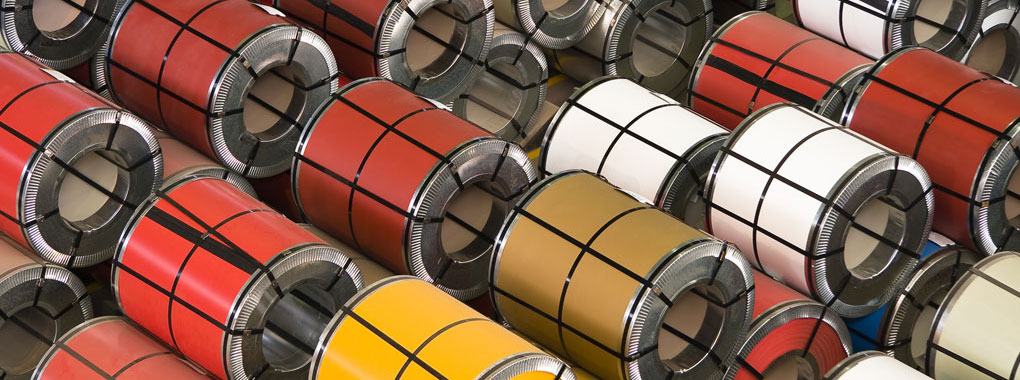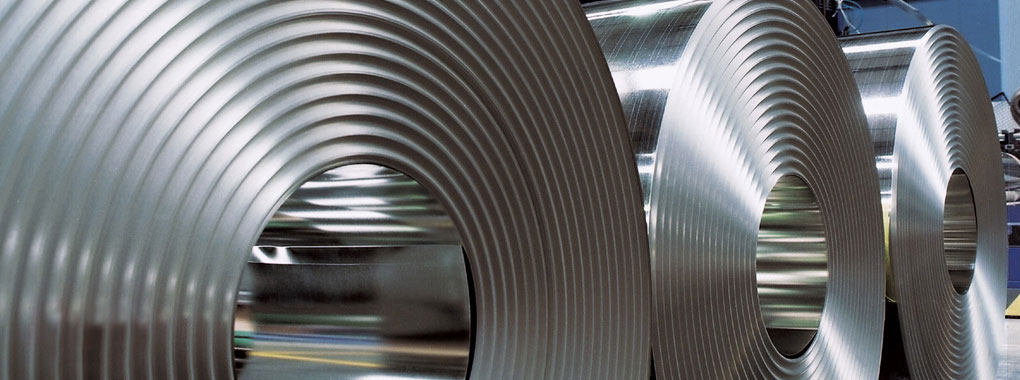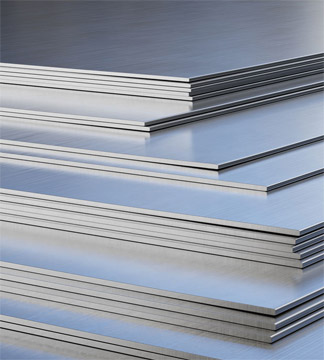Mô tả
1. OVERVIEW OF PRE-PAINTED GALVANIZED STEEL COILS
Also known as color-coated steel, coil-coated steel, or pre-painted galvanized steel (PPGI), this type of steel is cost-effective and features a protective zinc coating to prevent corrosion. The zinc layer provides anodic protection, extending the product’s service life.
2. FEATURES OF PRE-PAINTED GALVANIZED STEEL COILS
-
The coating can be applied on both sides of the metal, creating a high-quality finished surface that is uniform in color, thickness, texture, and performance.
-
High-quality PPGI improves environmental friendliness in manufacturing while addressing surface issues such as oil and dust contamination.
-
Wide range of applications in manufacturing: from metal roofing, household appliances, wall panels, beverage cans, automotive components to office equipment.
3. COATING TYPES
|
Coating Type |
Features |
Best For |
|---|---|---|
| Polyester (PE) | Economical, good color retention | Indoor equipment, warehouses |
| PVDF (Fluoropolymer) | Resistant to harsh weather, UV-resistant | Coastal buildings, stadiums |
| SMP (Silicone-modified Polyester) | Medium durability, better heat resistance | Industrial roofs, parking structures |
| PVC (Polyvinyl Chloride) | Flexible, impact-resistant, waterproof | Trailers, industrial floors |
| PU (Polyurethane) | High abrasion and chemical resistance | Automotive parts, machinery panels |
| HDP (High-Durability Polyester) | Enhanced UV and corrosion protection | Architectural cladding, solar panels |
4. SPECIFICATIONS
Standards: JIS / EN / ASTM
Steel Grades: SGCC / DX51D / S250GD / DX52D / DX53D / S280GD / S320GD / S350GD
Coating Layers:
-
Primer: PU or Epoxy 5µm
-
Topcoat: 15–20µm
-
Back primer: PU or Epoxy
-
Backcoat: PE or Epoxy 5–12µm
Zinc Texture: Regular / Minimized / None
Sizes: Thickness: 0.15–1.2mm; Width: 900–1250mm
Delivery Conditions: 2/1, 2/2
5. MANUFACTURING PROCESS
The production process mainly involves two steps: galvanizing and painting.
5.1. Galvanizing
Purpose: To create a zinc coating that protects the steel from oxidation and extends product life. Two main methods:
-
Hot-dip galvanizing: Steel is immersed in molten zinc at ~450°C, producing a thick and durable coating (30–275 g/m²), suitable for outdoor applications requiring high corrosion resistance.
-
Electro-galvanizing: Zinc is applied through electrolysis, producing a thinner coating (10–50 g/m²) with a smooth, uniform surface, ideal for products needing precise or decorative coatings.
5.2. Painting
After galvanizing, multiple layers of paint are applied to improve adhesion, aesthetics, and corrosion resistance.
-
Primer (5–20µm): Enhances adhesion between zinc layer and topcoat. Epoxy resin is commonly used for its adhesion and corrosion resistance.
-
Topcoat (10–40µm): The main decorative and protective layer determining color durability, gloss, and weather resistance. Depending on requirements, common options include:
-
Polyester (PE) – economical and widely used
-
PVDF – highly weather-resistant and color-stable
-
SMP – heat-resistant, mechanically durable
-
-
Optional back coating: Applied to the reverse side of the coil to improve corrosion resistance and reduce scratches during handling and processing.
5. APPLICATIONS OF PRE-PAINTED GALVANIZED STEEL COILS
Thanks to its corrosion resistance, mechanical strength, and aesthetic appeal, PPGI is widely used in:
-
Roofing & wall panels: Industrial buildings such as factories and warehouses, as well as residential buildings, providing durability and modern aesthetics.
-
Household appliances: Ideal for refrigerator, washing machine, oven, and other appliance enclosures due to durable, easy-to-clean surfaces.
-
Automotive parts: Used for body panels and chassis components to enhance strength, reduce weight, and improve safety performance.
-
HVAC ducts: Applied in ventilation and air-conditioning systems, offering corrosion resistance and long service life.
-
Agricultural constructions: Resistant to fertilizers and chemicals, making PPGI a reliable material for barns, greenhouses, and other agricultural structures.
.png)





